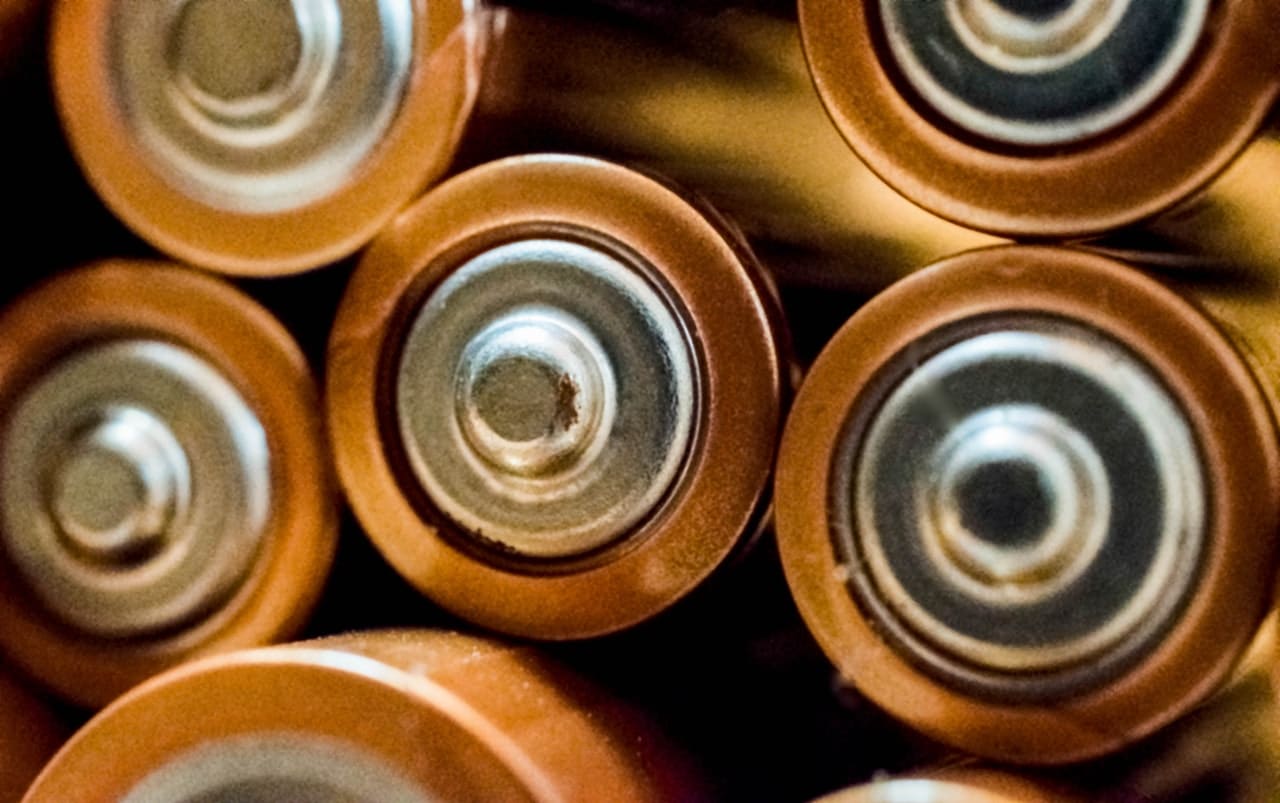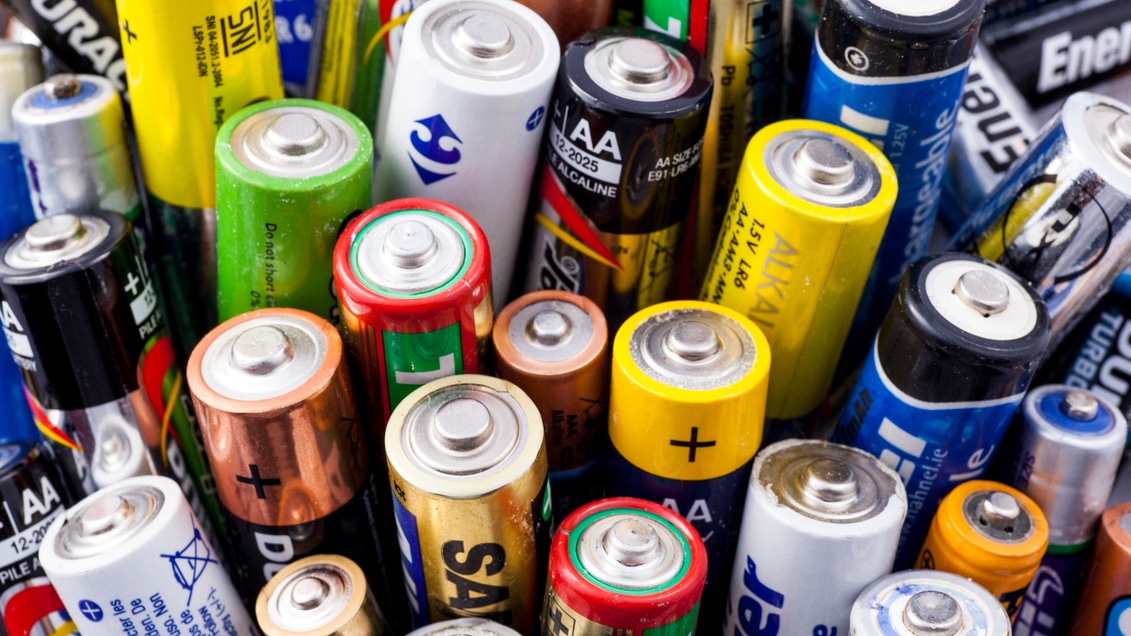The importance of batteries in our lives is undeniable. Almost all devices that we use come with batteries. Batteries have brought a big change in the effectiveness of our devices. Stocking electrical energy multiple times seemed to be a farfetched idea in the past.
But the invention of rechargeable batteries has made it possible. Modern batteries have also made the portability of devices possible. There are different types of batteries, depending on their working mechanism and functionality. Every battery type has its pros and cons. Some are good in storage capacity while others are environment-friendly.
The quality of wiring can also have an impact on the functioning of a battery. Scondar offers a wide range of high-quality cable assemblies for different types of batteries. In this blog, we will discuss the different battery types in detail.
IMAGE: PEXELS
Types Of Batteries
Even though there is a wide variety of batteries available, there are two main types which are given below:
Primary Battery
A primary battery is the one that is not capable of recharging once used. That is why they are also known as disposable batteries. Primary batteries are made up of electrochemical cells which react in one way that cannot be reversed.
The main applications of primary batteries are toys, clocks, flashlights. They are also utilized in combats and other emergencies like fighting fire. The mechanism of the primary battery is similar to the secondary battery and contains an anode, cathode, and electrolyte.
The capacity and energy density of a primary battery is higher than a rechargeable battery. The cost of primary batteries is a lot less than rechargeable batteries. A big disadvantage of a primary battery is that it is hazardous for the environment. The reason behind it is the harmful chemicals and toxic metals that are present in it. However, some types of primary batteries like an Alkaline battery are environment-friendly.
Secondary Battery
A secondary battery is also called rechargeable battery because they can be recharged after draining out. However, rechargeable batteries can only store DC current. They are composed of electrochemical cells which react in a bidirectional manner.
A secondary battery is used widely in modern appliances and gadgets. For example, mobile phones, laptops, cameras, electric vehicles. Secondary batteries have lesser energy density compared to primary batteries because they preserve some amount of energy as a backup.
The secondary batteries are further categorized into four main types which are given below:
1. Nickel Cadmium
The nickel-cadmium battery is one of the most widely used types of rechargeable battery. It uses nickel hydroxide as cathode and cadmium are used as anode whereas potassium hydroxide is used as an electrolyte. The nickel-cadmium battery has the ability to supply a higher quantity of current because it has less internal resistance.
A nickel-cadmium battery can be functional in all kinds of temperatures. They can bear up to 60°C and -20°C making it appropriate in all parts of the world. The lifespan of a nickel-cadmium battery is long, and they have a good charging/discharging efficiency.
However, if you recharge a semi-charged NiCd battery, its capacity to store charge will impede. So, it is recommended to ensure that the battery is fully consumed before charging it. It is available in different sizes and shapes according to their application. They find application in toys, portable devices, aircraft, and many other areas.
2. Nickel Metal Hydride
The nickel metal hydride battery employs Nickel hydroxide as the cathode and hydrogen absorbing alloy material as the anode. Nickel metal hydride has one of the highest energy densities, which is three times more than that of Nickel-cadmium.
The life of a nickel metal hydride battery is up to 5 years. They also have a better charging/discharging efficiency than nickel cadmium battery. Most of the modern gadgets like MP3, cameras are using nickel metal hydride battery due to their higher energy capacity.
3. Lithium-ion Battery
A lithium-ion battery is probably the most popular type of rechargeable batteries. Their usage is widespread, ranging from electronic devices to space. It uses lithium oxide as a cathode and graphite as an anode. The lithium ion battery has the energy density equivalent to nickel metal hydride battery.
One of the biggest advantages of the lithium-ion battery is it’s low-maintenance. It has no memory effect so you can charge a partially-charged battery without any harmful effects on its storage capacity. The charging/discharging efficiency of a lithium ion battery is also better than most of its competitors.
Despite all these advantages, a big drawback of the lithium-ion battery is its vulnerability to an explosion. Even though there are limited recorded cases, there is a possibility of a lithium-ion battery bursting into flames. The lifecycle of lithium-ion battery is lesser compared to nickel cadmium and nickel metal hydride.
4. Lead Acid Battery
The lead-acid battery is the oldest of all the rechargeable batteries. It uses lead oxide as the cathode and porous lead as the anode. An acid is used as an electrolyte. They are bigger in size and heavier compared to the other types of rechargeable batteries. Due to this reason, they are mainly used for non-portable devices like UPS and solar panels. They can supply greater amounts of current when required.
A lead acid battery is economical as compared to its counterparts. A lead acid battery is not welcoming to complete discharging as it can cause corrosion on the electrodes. So, it is advisable to charge the battery before it drains out completely.
The life of a lead acid battery is short, ranging from 200 to 300 charging/discharging cycles. It also has lesser energy density than other battery types. Due to the presence of lead, the Lead acid battery is hazardous for the environment.
Conclusion
Different batteries have different compositions depending on their application. You cannot point out one battery type to be the best as everyone has its own features. All the information mentioned above will help you differentiate various types of batteries.
If you are interested in even more technology-related articles and information from us here at Bit Rebels, then we have a lot to choose from.


COMMENTS